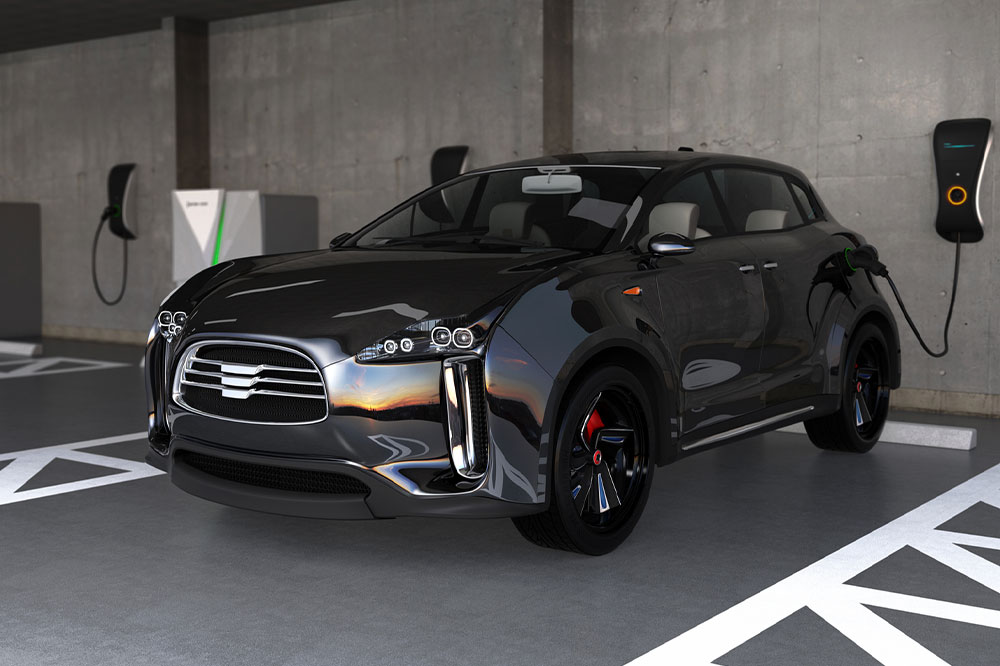Essential Features of Hyundai Tucson Plug-In Hybrid
There are people who still aren’t ready to switch to an all-electric vehicle, and for them, plug-in hybrids act as a happy medium. The TUCSON Plug-in Hybrid uses an electric motor and a gasoline engine to create 265 PS combined power. You can switch it to the all-electric mode by pressing a button. If the 13.8 kWh battery runs out of charge, it seamlessly switches to the gasoline engine. Some notable features include:
Spacious cabins – The cabin of the Tucson Plug-in Hybrid is more than spacious enough for your needs, and it has a look that will turn heads as you cruise down the street.

Smooth ride – The ride is smooth and stable even on rough terrain, making for a comfortable experience no matter where you take it.
Extra features – The Hyundai Tucson Plug-in Hybrid comes packed with loads of features and extras, more than most cars in its class. And if that’s not enough, there are even more available upgrades at higher trim levels.
Efficiency and performance
The powertrain of the Tucson Plug-in is more robust than that of the regular hybrid. The regular model uses a 1.6-liter turbocharged four-cylinder engine with a six-speed automatic transmission. Hyundai’s plug-in model features a 13.8 kWh battery and a 90 hp electric motor, combining a system output of 261 hp and 258 lb-ft of torque.
The efficiency rating for this car is amazing. You can get up to 80 mpg-e on gas and electric power or 35 mpg combined city/highway on gas alone. The regular Tucson Hybrid gets 37-38 mpg combined, so you’ll need to plug it in frequently to get the benefits of the plug-fuel-in economy.
Charging and operating range
The Tucson Hybrid’s onboard charger is powerful, with a maximum charging rate of 7.2 kW. Using a 240V outlet, you can fully charge the battery in just two hours.
And the Tucson Plug-in Hybrid can go up to 33 miles on electric power alone before needing a recharge – which is excellent news if you’re looking to cut down on your carbon emissions. Plus, with a full range of 420 miles, you can explore with this vehicle.
Safety ratings and features
The IIHS has awarded Tucson a Top Safety Pick+, even though the plug-in hasn’t been sufficiently tested. The NHTSA has not yet tested the Tucson, but it is expected to perform well. The Tucson Plug-in Hybrid comes standard with almost all of Hyundai’s active safety systems.
Both trims of this car have forwarding collision avoidance assist (automatic emergency braking), blind-spot collision avoidance assist (blind-spot monitoring), rear cross-traffic avoidance assist (rear cross-traffic alert), driver attention warning, lane keep assist, and rear occupant alert. Hyundai’s Highway Drive Assist level two semi-autonomous driving system is included in the Tucson Plug-in limited.
Cargo space and interior
The Tucson Plug-in Hybrid has a larger battery than the conventional Tucson and Tucson Hybrid, which means it has a bit less legroom in the backseat and can’t hold as much cargo. However, the Tucson has more back legroom and can carry more cargo with the seats folded down than the Toyota RAV4 Prime. The RAV4 Prime does have more space for cargo behind the second-row seats, but only when it’s not plugged in – once it’s plugged in, there’s less room.
Technology
While the SEL level comes standard with an 8.0-inch touchscreen infotainment system, the Limited model steps it up a notch with a 10.3-inch display with integrated navigation and an eight-speaker Bose premium audio system.
Both systems have Apple CarPlay and Android Auto, but if you want to go completely wireless, you’ll need to get the SEL which has the capability for wireless smartphone mirroring. Lastly, both models include dual USB charging connectors in the first and second rows so that you can charge multiple devices simultaneously.
The Hyundai Tucson plug-in Hybrid is an excellent choice if you’re looking for an environmentally friendly option.

